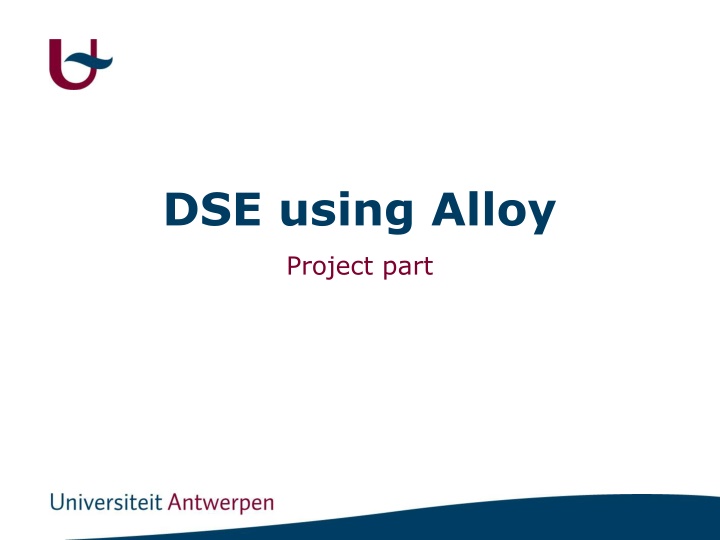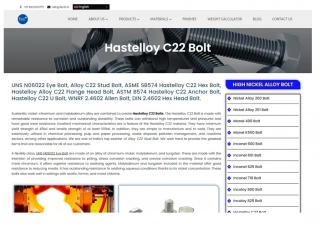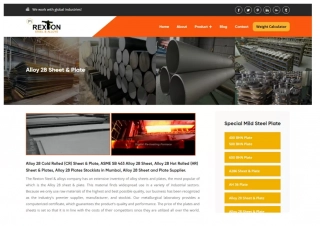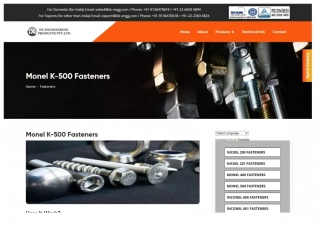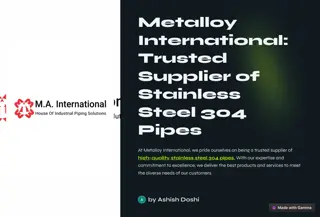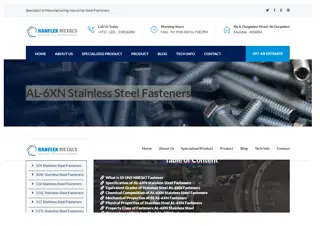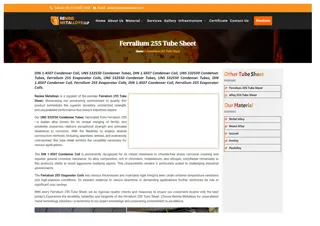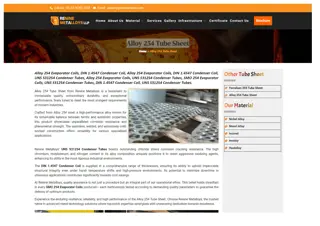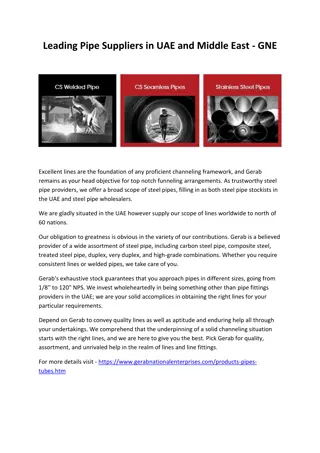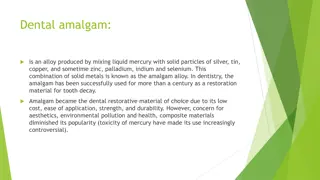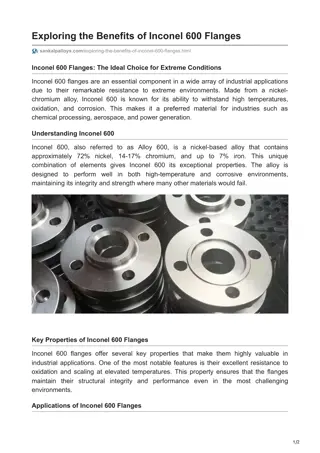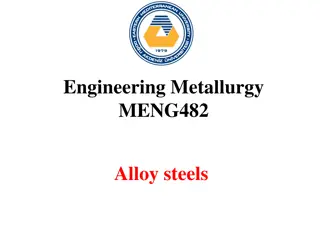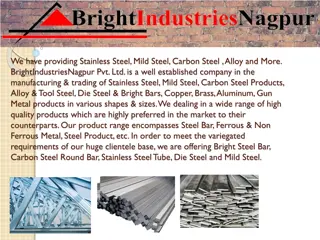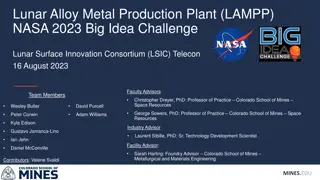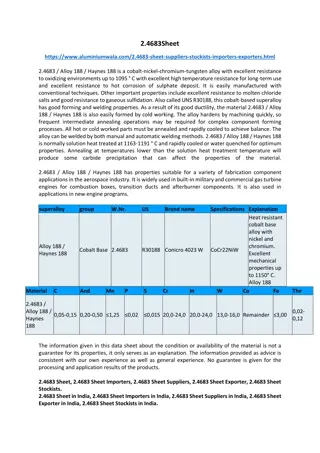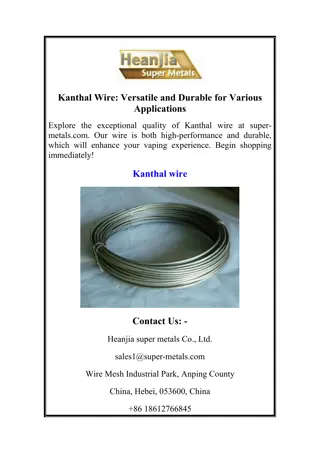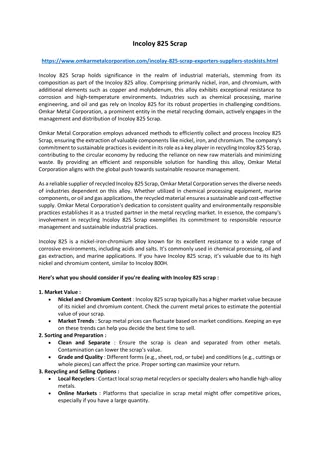DSE using Alloy
Meta-modeling, creating solutions, and exporting solutions to Modelica within the DSE. Using Alloy Project. Dive into abstract components, constraints, workflow, and simulation with Vsource
Download Presentation

Please find below an Image/Link to download the presentation.
The content on the website is provided AS IS for your information and personal use only. It may not be sold, licensed, or shared on other websites without obtaining consent from the author.If you encounter any issues during the download, it is possible that the publisher has removed the file from their server.
You are allowed to download the files provided on this website for personal or commercial use, subject to the condition that they are used lawfully. All files are the property of their respective owners.
The content on the website is provided AS IS for your information and personal use only. It may not be sold, licensed, or shared on other websites without obtaining consent from the author.
E N D
Presentation Transcript
DSE using Alloy Project part
Contents Assignment Meta-modeling using Alloy Creating solutions using Alloy Exporting solutions to Modelica Simulation 1
Meta-modeling using Alloy abstract sig Component { } one sig Filter{ pos : one PosNode, neg : one NegNode input : InputNode, output : OutputNode, mass : MassNode, circuit : set Component abstract sig Resistor, Capacitor extends Component { value : Int } } some sig CompLink { fromC : NegNode, toC : PosNode } //Resistor of 12 Ohm sig Resistor12 extends Resistor { } { //Appended fact => constraint: value of the resistor value = 12 } 4
Meta-modeling using Alloy Constrain by using facts: - Floating components - Floating nodes - Self links - Duplicate links - Not linked nodes 5
Exporting solutions to Modelica Parser 1. Retrieve the filters 2. For each filter, retrieve its components 3. For each filter, retrieve the links => Stored in multi-dimensional arrays 9
Exporting solutions to Modelica Creation of the Modelica-file 1. Look-up table [ Resistor100$0', '100', `PosNode$1', 'NegNode$0'] [ R1', '100', `R1.p', R1.n'] 2. Creation of the dynamic part 3. Creation of the static part 10
Work flow 11
Simulation Vsource = 220V @ 10 Hz Vsource = 220V @ 100 Hz 12
Future work Reduce the human interaction - Alloy API - Jmodelica Python Interpreter Integrate performance measurement 13
